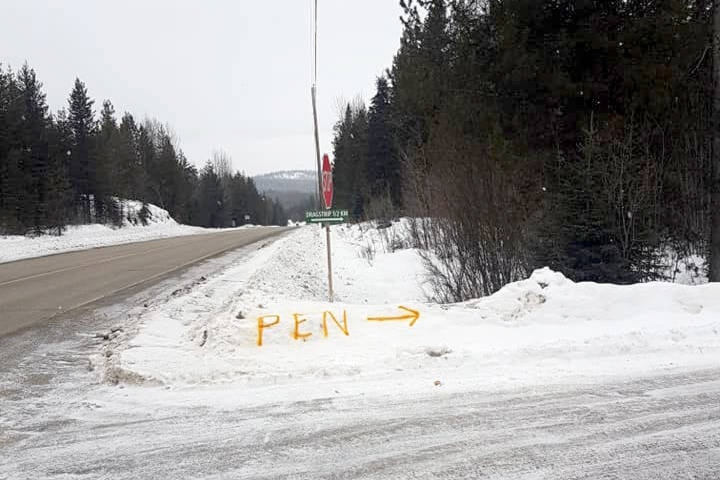A road trip in the Okanagan Valley isn’t a big deal most of the time, but Friday was an exception.
Instead of a short, easy drive to and from Kelowna, the trip took more than two hours in each direction, over snowy, winding roads.
Several of us from Summerland and Penticton had to be in Kelowna that day for an all-day seminar.
Initially, when the seminar was scheduled, we all thought it would be a routine, mundane trip.
It didn’t turn out that way.
Because of a rock slide on Jan. 31, Highway 97 was closed north of Summerland and motorists had to use lengthy detours to go north.
Large trucks were sent to Princeton and then along Highway 5A and Highway 97C.
Smaller vehicles with good winter tires could take the 201 Forest Service Road detour.
This is the road we followed on the way in.
It wasn’t a bad drive, but it was slow going.
After our seminar was over, we learned that the Trout Creek forest service road had been opened as a detour from Peachland to Summerland.
On the map, the route looked considerably shorter, so we used it on our homeward journey.
The distance may have been shorter, but the drive seemed to take longer.
There were plenty of twists and turns, as well as some single-lane bridges along this route.
These detours worked, but they were not the routes any of us would have chosen under other conditions.
The highway is still closed at the rock slide, but now a short bypass is in place at Callan Road.
Motorists need to slow down for this bypass and delays are still possible, but it is easy once again to travel in the Okanagan.
Not too long ago, slow travel was a fact of life.
Road building in British Columbia is no easy task. It often involves blasting to create a path around the mountains.
The highways we enjoy today didn’t just happen. They are the result of a lot of hard work.
A little more than a century ago, Okanagan Lake served as the main transportation corridor in the valley and a trip to Kelowna involved a boat ride.
Train travel was the dominant form of land transportation to and from the Lower Mainland, but a train ride was a slow journey.
In 1915, a train trip from Summerland to Vancouver took 23 hours and 20 minutes.
Automobile transportation did not become popular until later.
And even when the highway linked the Okanagan communities, the road was narrower and an accident or a tipped logging truck could stop traffic in both directions.
A lot of us can remember those days.
Longer trips and east-west travel were once a lot more involved than today.
It wasn’t until some time in the 1960s that British Columbia had an all-weather road connecting this province with the rest of Canada.
Today, we can travel on good roads and while travel is sometimes stopped following a rock slide or an accident, reopening the road is usually a relatively short process.
Sometimes it takes a little longer, as we saw over the past couple of weeks while the highway has been closed.
But the roads eventually reopen and then it’s traffic as usual once again.
The highway is open once again, and while crews are continuing to clear the rock slide, there is a bypass allowing travel north along Highway 97.
The next time I drive this route, I know I’ll appreciate it in a new way.
John Arendt is the editor of the Summerland Review.
